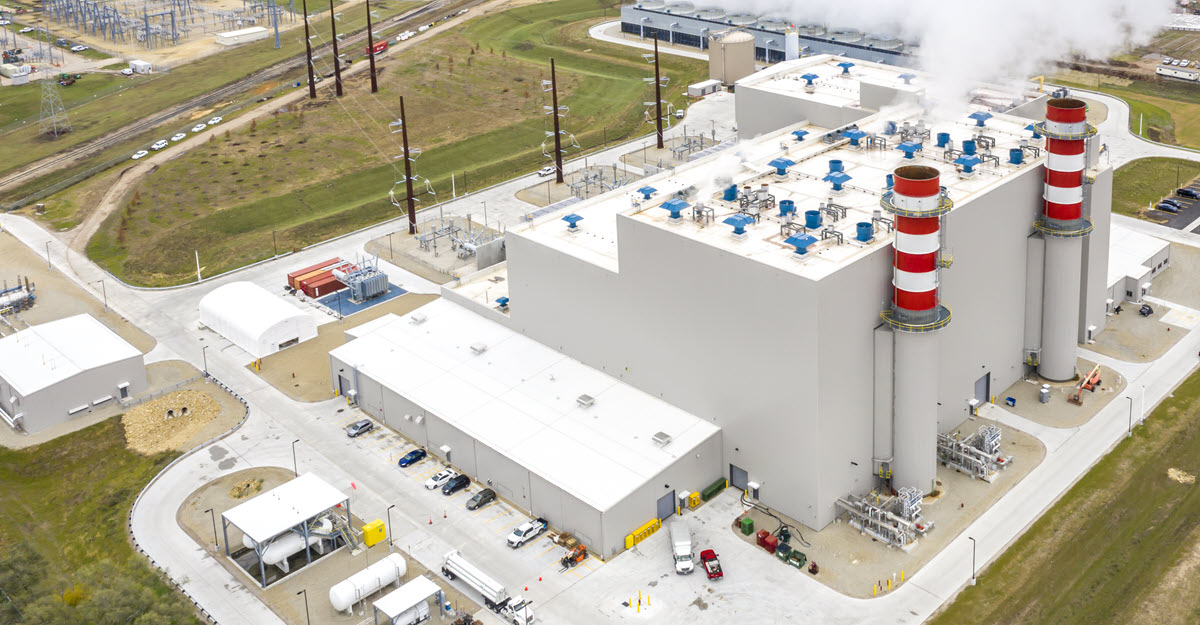As much as we enjoy discussing our renewable energy sources and plans for the future, it’s also worth checking in on the most common type of energy generated in the US — natural gas. In 2021, 42% of our energy production came from natural gas plants, which is similar to national trends: According to the U.S. Energy Information Administration, 38.4% of our country’s energy production in 2021 came from natural gas, more than any other generation type.
Natural gas is a popular fuel source, but we know many people may not be familiar with its role in energy generation. Importantly, newer technologies are now available for natural gas power plants that emit less than half the carbon dioxide (CO2), about 66% less nitrogen, and 99% less sulfur and mercury than traditional coal-fired power plants. In that sense, natural gas is key to achieving our goal of reaching net-zero carbon dioxide emissions by 2050.
Natural gas has other great attributes as an energy source as well. It’s a cleaner, more cost-efficient alternative to coal energy that still provides on-demand reliability. Natural gas plants can quickly ramp up and down power output on short notice to meet energy needs. It’s also a great complement to renewable energy generation methods because it can deliver consistent energy when the sun isn’t shining or the wind isn’t blowing.
We’re mindful that our customers depend on energy that is affordable, safe and reliable. Natural gas generation is a great complement to solar, wind, and battery storage that will move us toward a clean energy future.

How and why we use natural gas for power

Chris Caporale
Communications Partner
Published on January 16, 2023
Chris is a Communications Partner specializing in Alliant Energy’s renewable investments. Coming from a journalism background, he’s excited to tell the story of Alliant Energy’s Clean Energy Blueprint and other renewable trends in new and exciting ways.
Recent Stories
Changing seasons: Tune your building for Spring
To optimize savings and comfort, you must regularly recalibrate sensors and controls to match changing weather and operating conditions.
Read More
Giving birds a safe place to land at solar sites
Partnership with the Central Wisconsin Kestrel Research Project in our solar fields promotes diversity in the environment.
Read More
Recognizing community need sparks volunteerism
Tyler Freye credits our company values with deepening his understanding of the problems many in our communities face.
Read More
